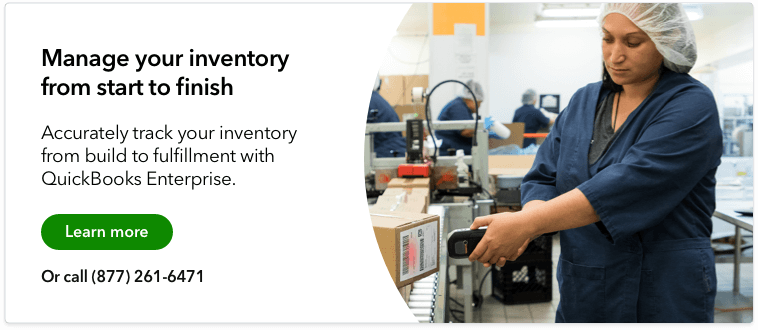For businesses that sell physical products, inventory represents a non-liquid asset that must be converted into cash through sales. How efficiently a business manages this process will determine its profitability.
With inventory carrying costs generally accounting for 15-30% of a business’s total inventory value, carrying cost is an important metric to keep an eye on.
The definition of inventory carrying cost is simply the expenses a company incurs to hold inventory items over a period of time before they are used to fill orders.
With efficient inventory management processes, a business can keep carrying costs closer to 15% of total inventory and maximize profits. With poor inventory control, carrying costs can reach or exceed 30% of total inventory and eat into profitability.
To achieve the former, it’s important to understand and measure your business’s carrying costs and implement best inventory control practices.













